Your high heels might be doing more damage to your body thank you think. Here’s what you need to know – and how to offset the effects so you can still wear your favorite pair.
Aside from the blisters made by the unforgiving straps of your favorite stilettos, high heels have even deeper-reaching negative effects.
Research has shown that prolonged wearing of high-heeled shoes increases pressure on the toes, impact on the knees, and even changes foot shape and natural gait (and not for the better) (1).
Suffering from a sore neck, back and shoulders? Get our mobility guide to ease pain and soreness.
Get The FREE Mobility Guide To Fix Your Pain Today!
Not to mention, wearing high heels too often has been linked to lower back pain, knee pain, and lordosis, or swayback. It also reduces strength in your foot muscles and ankle joints, which could set you up for a knee and/or ankle injury. The (other) scary part? Sometimes this process can take 1 to 3 years to unfold, so you may not notice the change in your feet and tendons until the damage has already taken place (2).
Another study also mentioned that wearing high-heeled shoes results in “worse functional mobility starting at 7 cm heel height,” and at “10 cm, the standing balance also becomes worse” (3). So if you’re looking to improve your balance and mobility, you might want to consider giving your heel
Natural Remedies for Sore, Achy Feet
While we aren’t suggesting you avoid heels altogether, you can take steps to keep your feet happy and healthy. So, for days when you wear your heels to work or for date night, here are natural strategies to soothe sore heels, realign your body, and ease the burden on your feet.
1. Soak Your Feet
A gentle salt foot soak can help ease aches from prolonged heel wearing. The recipe below contains Epsom salt and essential oils to help relax tired muscles.
Soothing Foot Soak
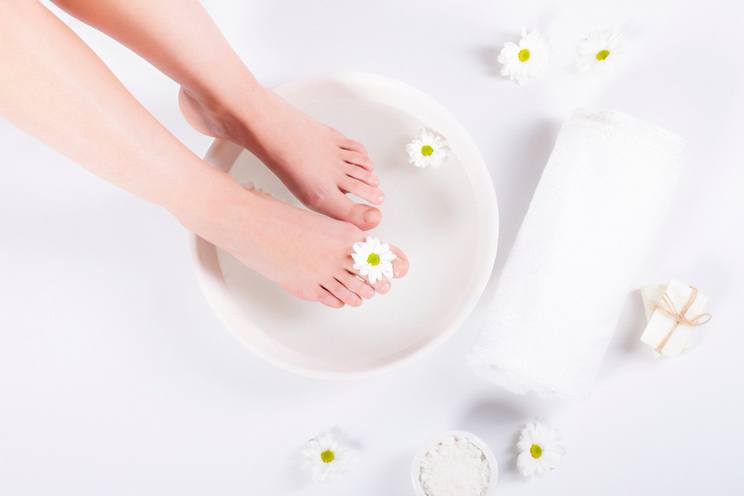

Soothing Foot Soak
Tools
- Small basin filled with warm water
Ingredients
- 1/4 cup Epsom salt
- 4 drops lavender essential oil
- 3 drops geranium essential oil
- 2 T coconut oil
Instructions
- Stir the ingredients together in a basin, then soak your feet for 20 to 30 minutes.
2. Try Foot Yoga
Certain yoga poses are excellent for relieving foot pain. If your toes are feeling cramped or your arches are tight, try the poses below.
Finger Thread: Grasp you left foot in your right hand and begin to thread each finger between each toe (don’t forget your pinky toe!). Gently push your finger through until the base of your fingers touches the base of your toes. Hold for two minutes, then repeat on your other foot.
Hero Pose: Begin on your knees on a mat on the floor. Draw your knees together and gently sit back on your heels. Keep your toes facing forward as you feel your arches lengthen. Hold for two minutes. Tip: You can place a block or blanket between your feet to ease the pressure.
3. Try Nature’s Pain Reliever
Treat sore muscles and joints homeopathically using Arnica, a plant gel similar to aloe. One study found that applying this gel twice daily on people with mild to moderate osteoarthritis significantly reduced pain and stiffness after 3-6 weeks of use (4).
To use Arnica, start with a pure gel or cream from your local health food store. Apply a thin layer to the affected area three times daily.
4. Give Yourself a Foot Massage
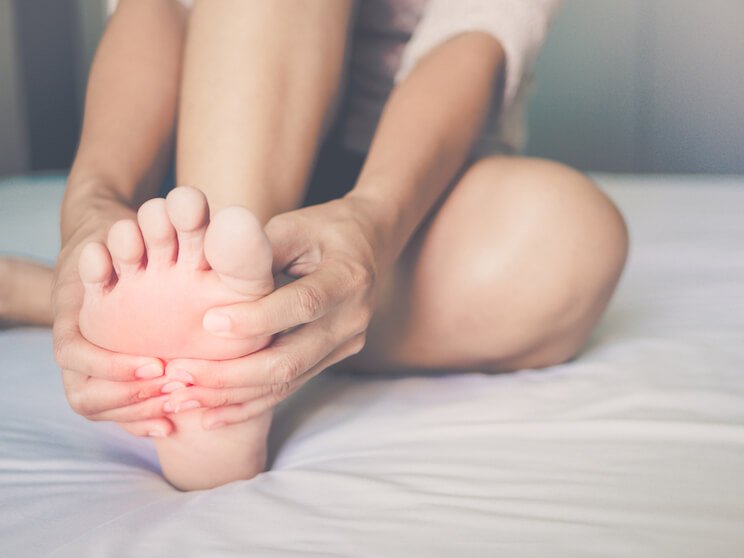
In the same way that a standard massage loosens the tension in your neck and shoulders, a foot massage can help ease the soreness and stiffness that comes with wearing heels.
Give yourself a DIY massage using coconut oil or olive oil, rubbing your feet in long strokes along your heels and arches.
5. Consider Insoles
If you have to wear heels daily, you should definitely consider investing in insoles.
One study found that a heel cup insert for high-heeled shoes reduced heel pressure and impact force, while an arch insert helped reduce pressure on the feet. The best type of insert proved to be a total contact insert (TCI), which reduced heel pressure by 25 percent, lowered impact force by 33 percent, and generally offered a higher level of comfort (5).
6. Go Barefoot
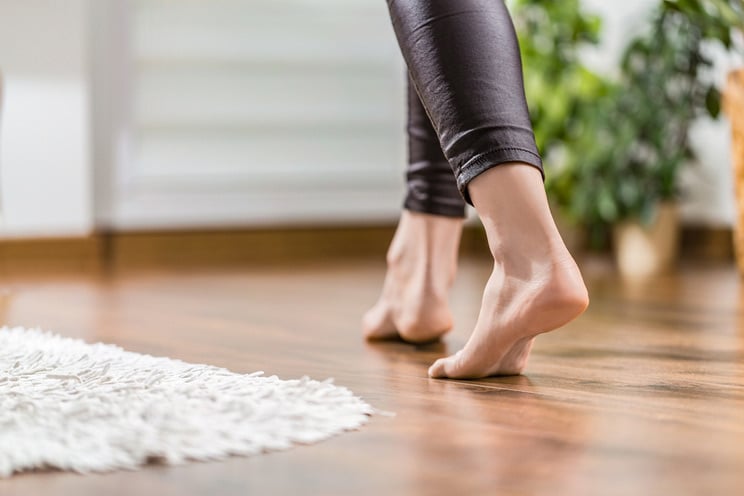
Whenever you can, kick off your shoes and stride around barefoot. This helps your feet relax while strengthening muscles that may have become weak or stiff from prolonged use of heels. One study also showed that going barefoot may even improve knee pain by reducing impact by 12 percent (6).
The Bottom Line
Whenever you can, swap out your heels for a stylish pair of flats, kick around barefoot as much as possible, and try some of the remedies listed above to keep your feet as healthy as you can.
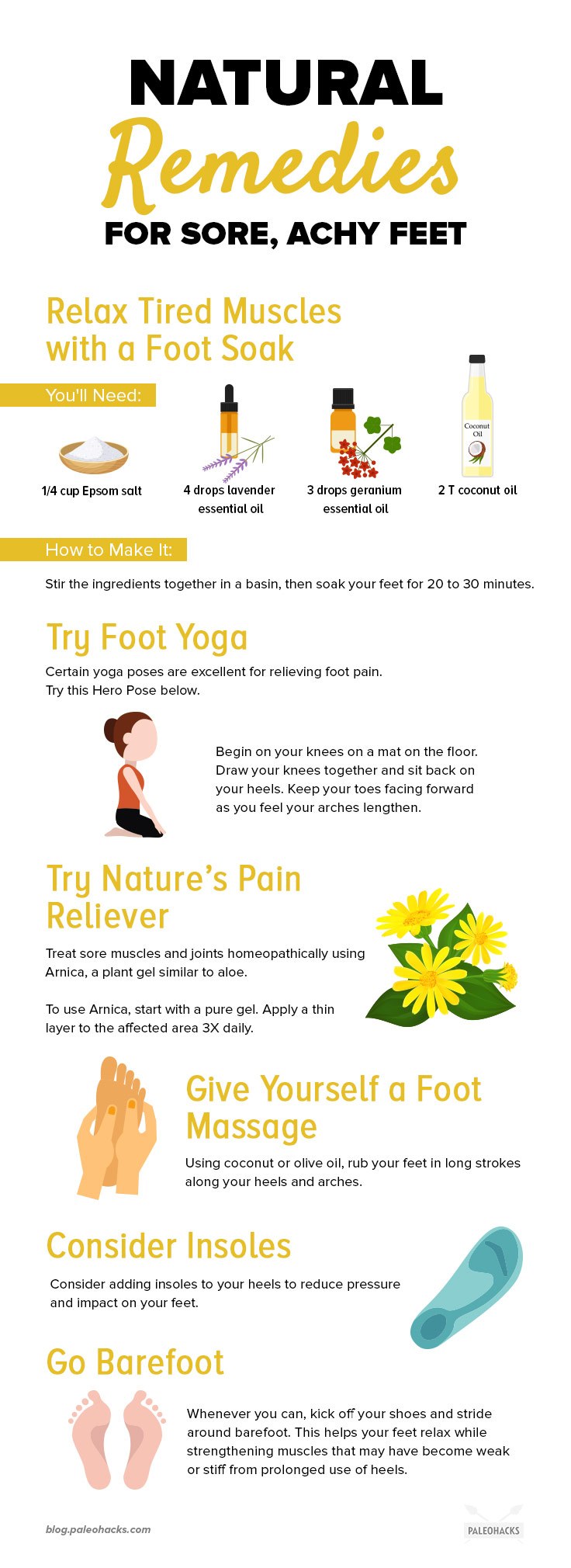
(Read This Next: 7 Risks of Contact Lenses Your Doctor Never Told You + How to Wear Them Safely)


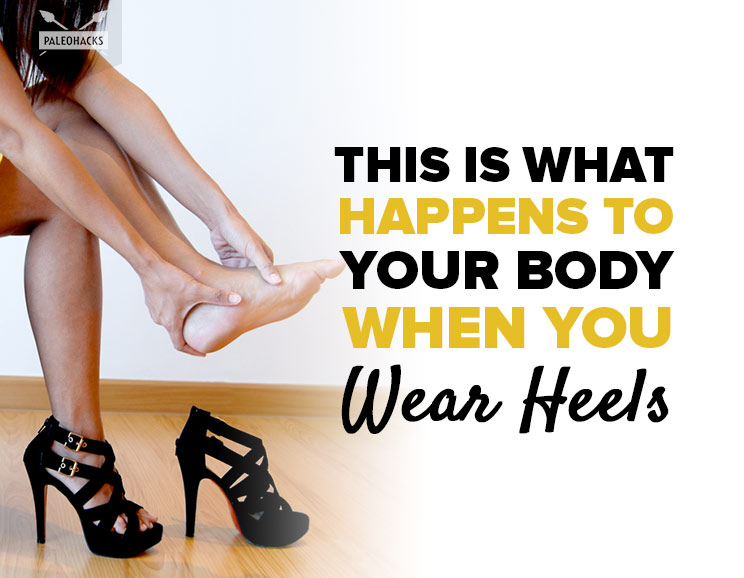




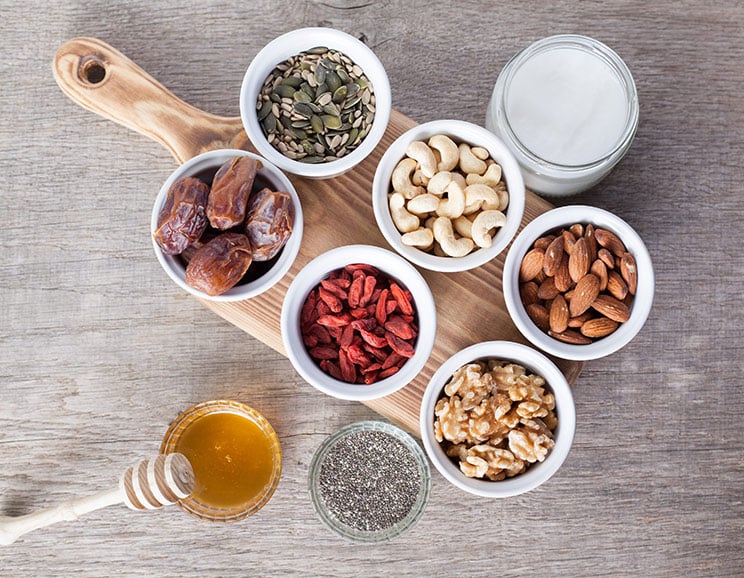 The Shelf Life Guide to Basic Paleo Ingredients
The Shelf Life Guide to Basic Paleo Ingredients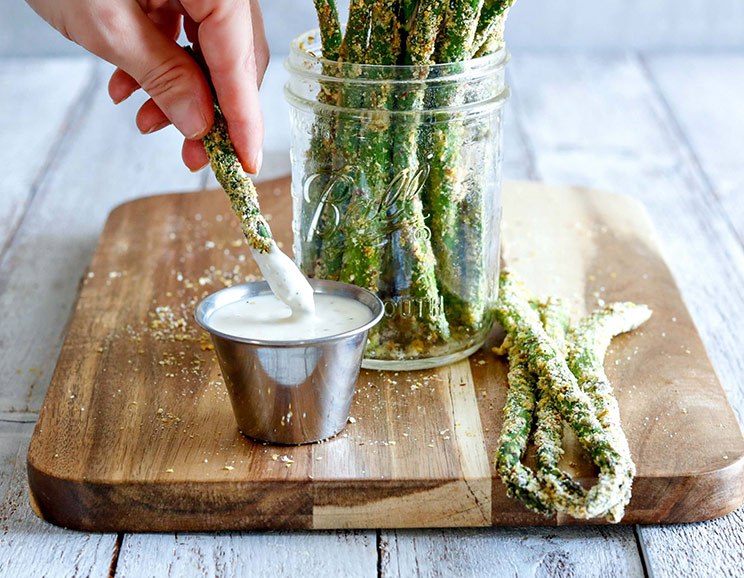
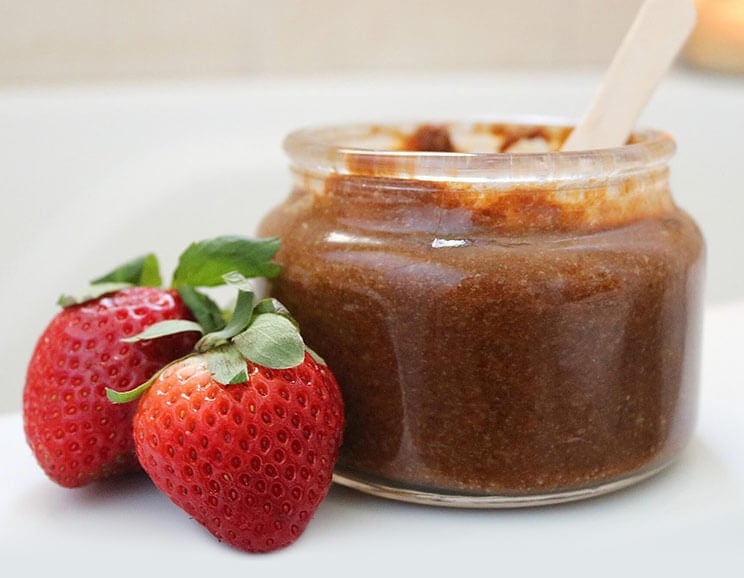
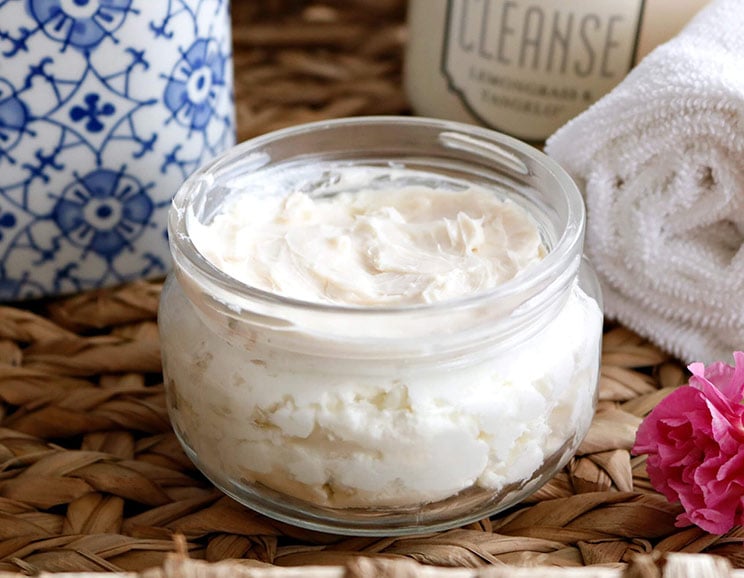
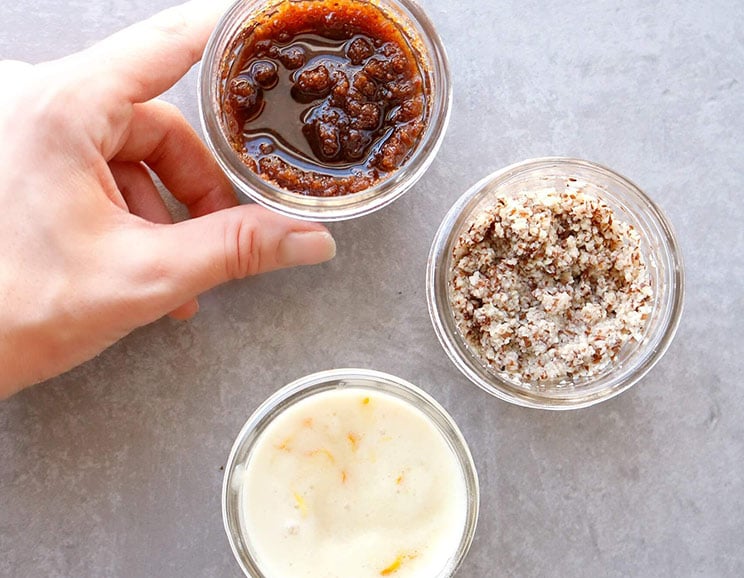
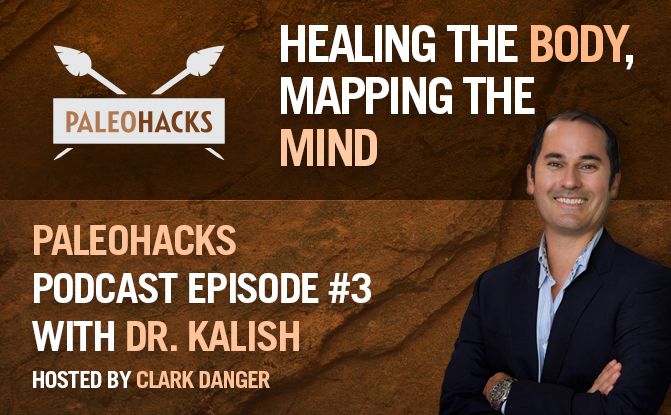

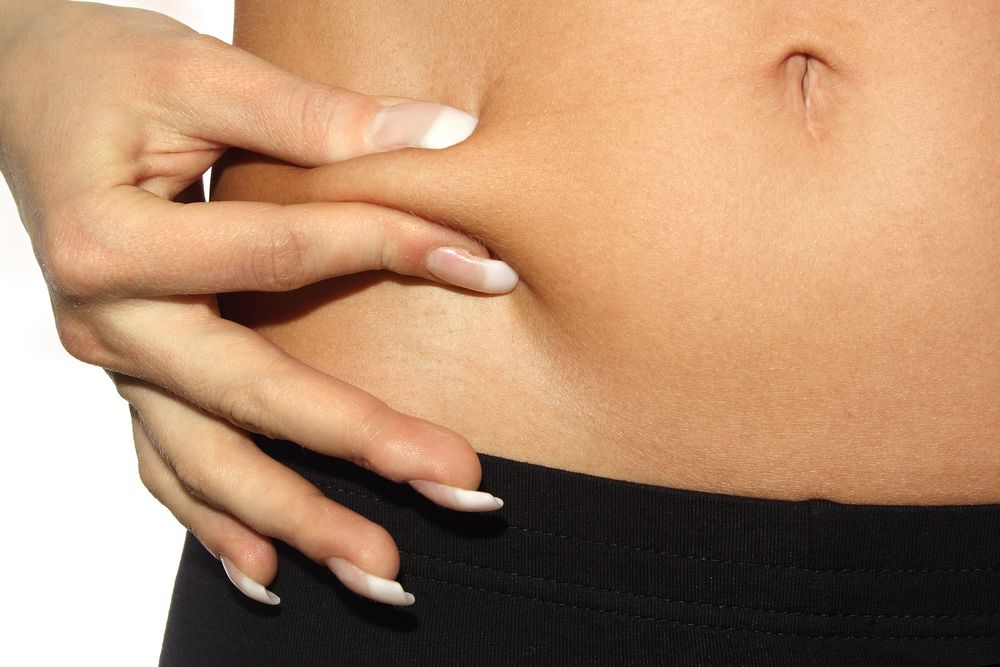
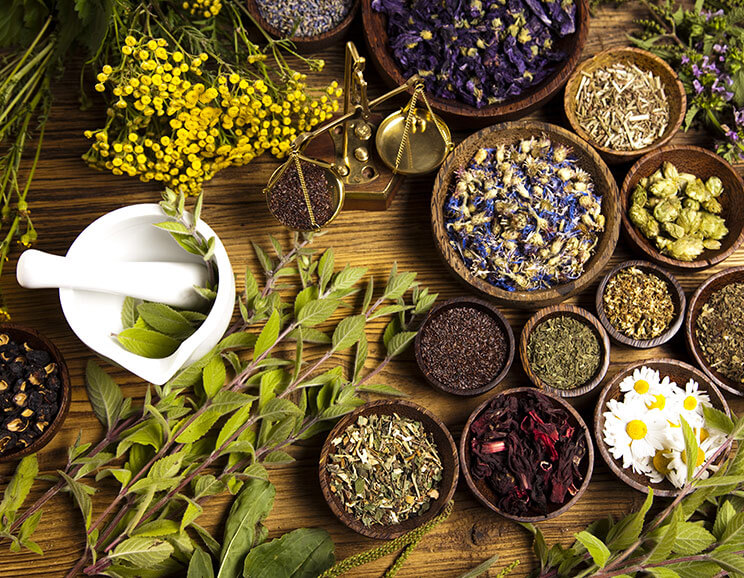
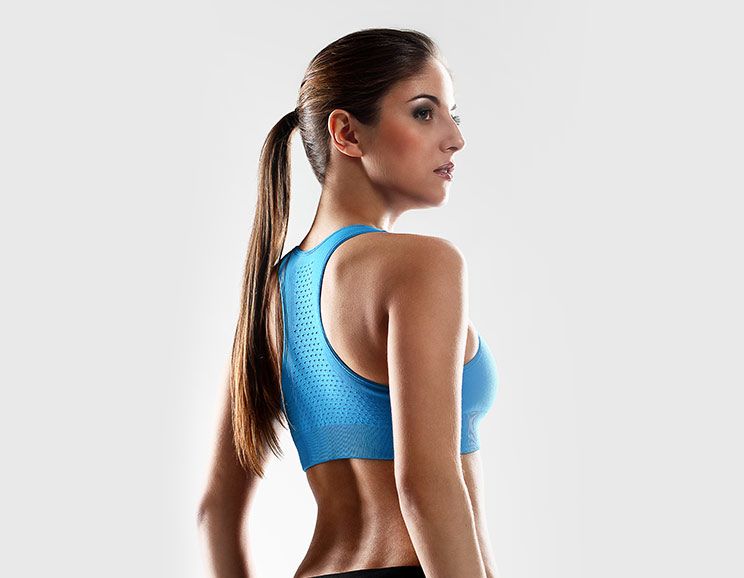
Show Comments